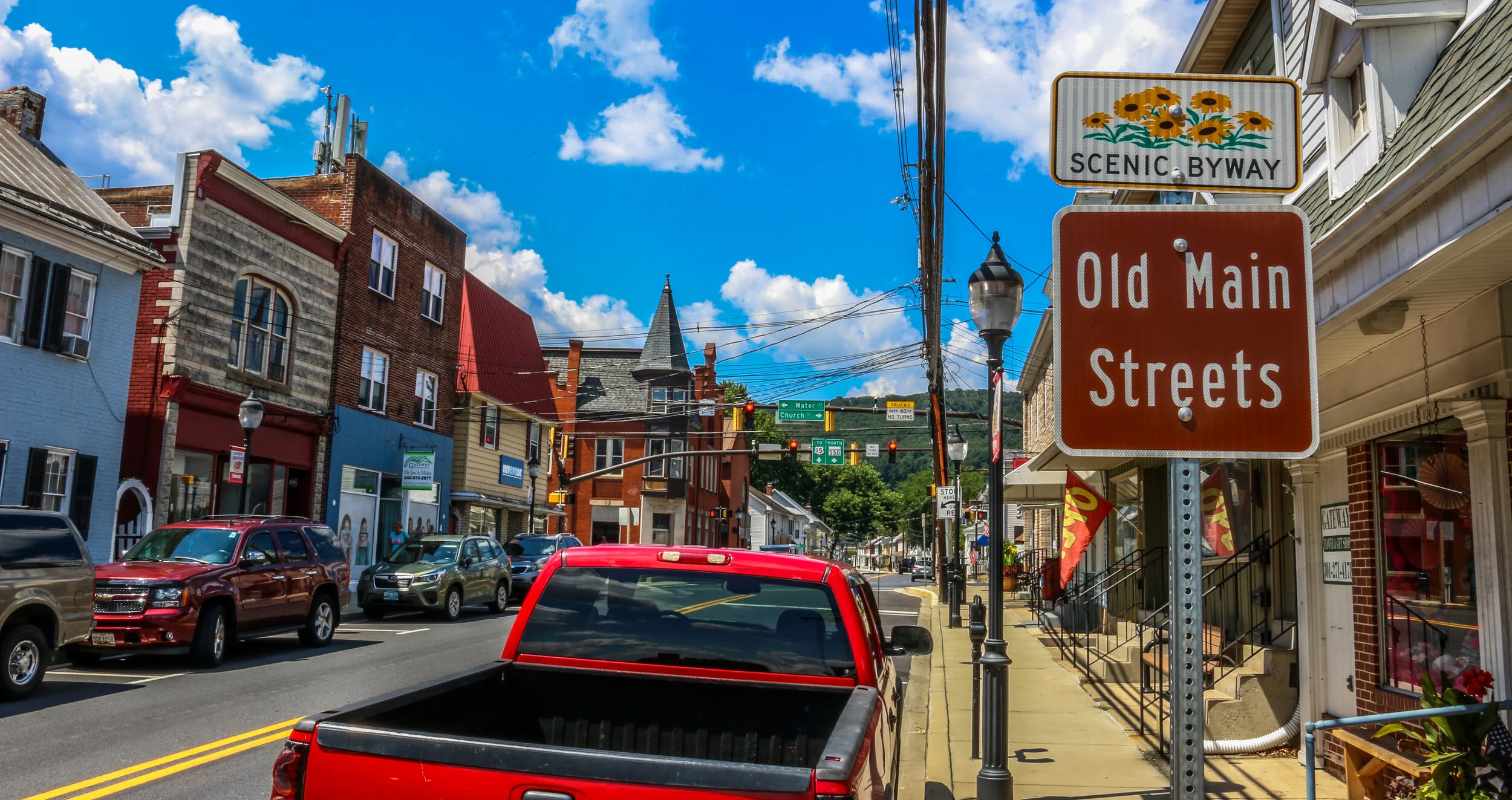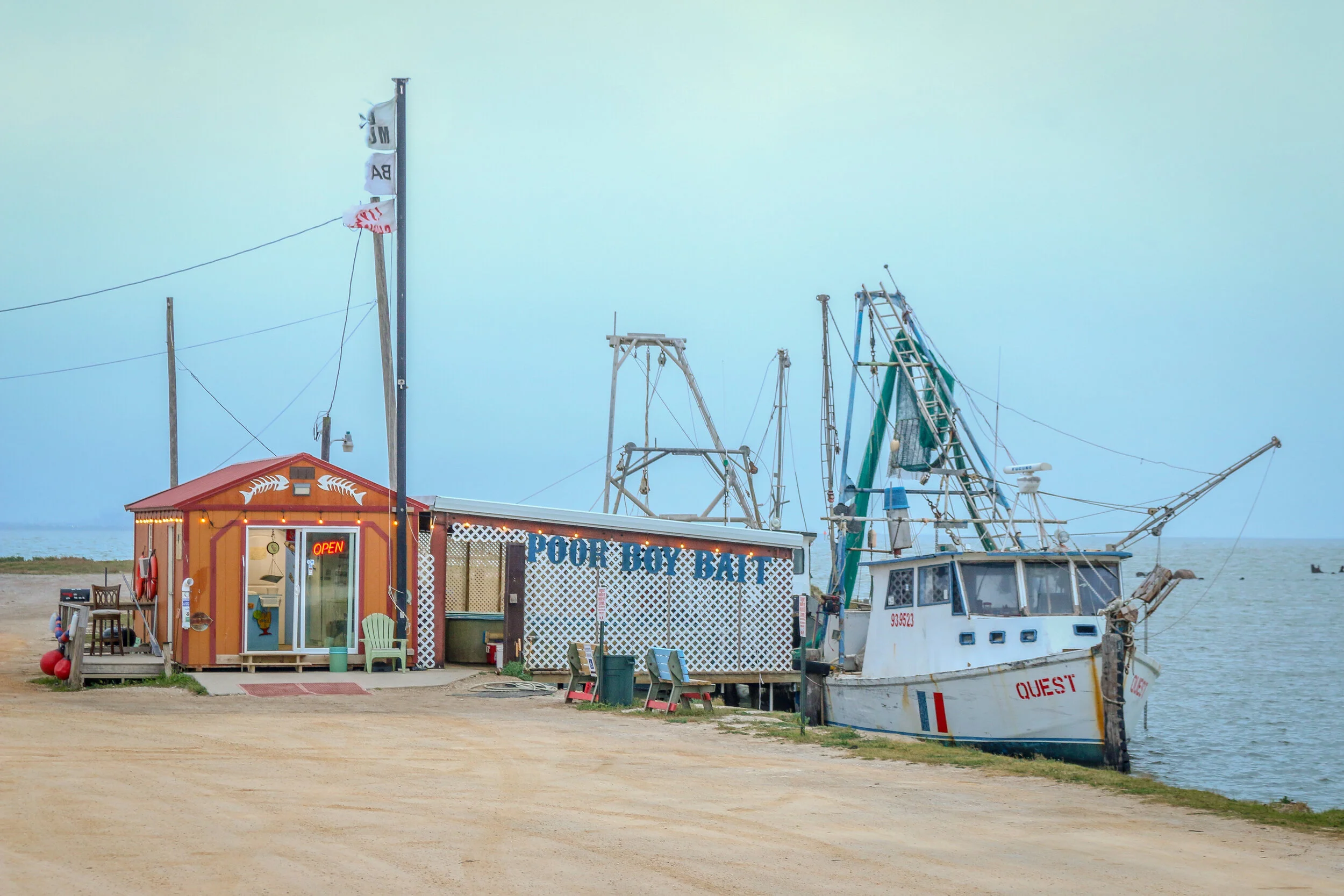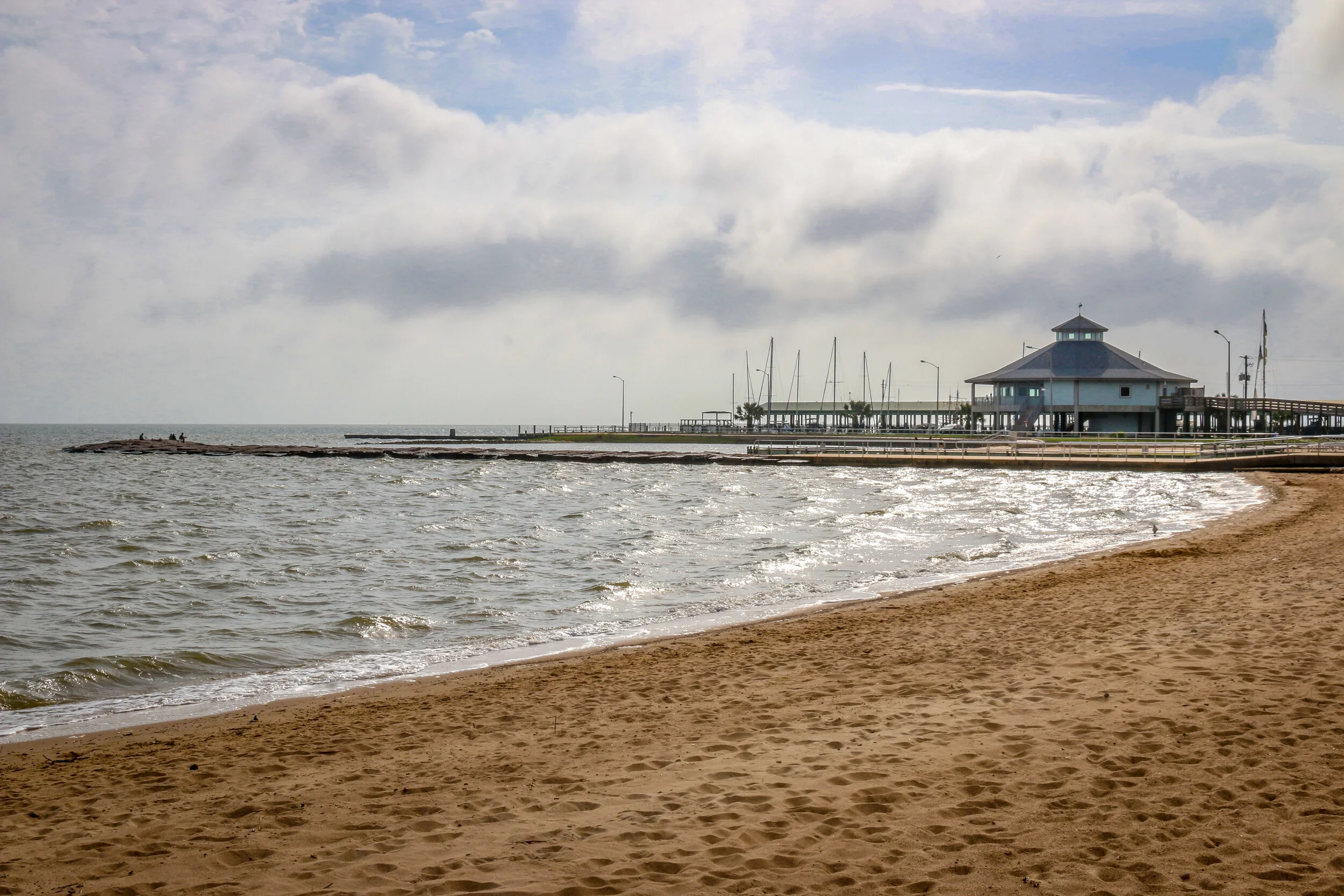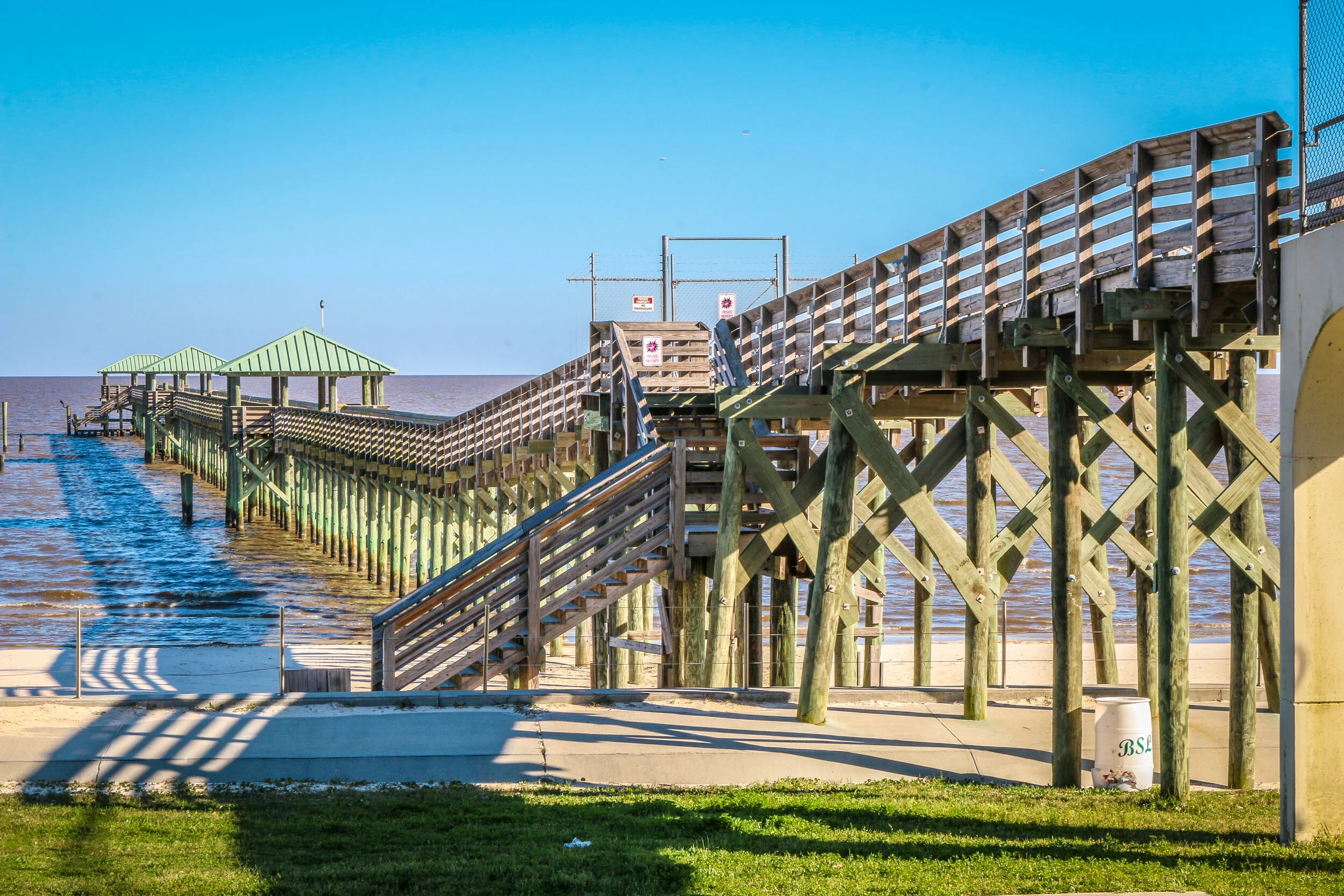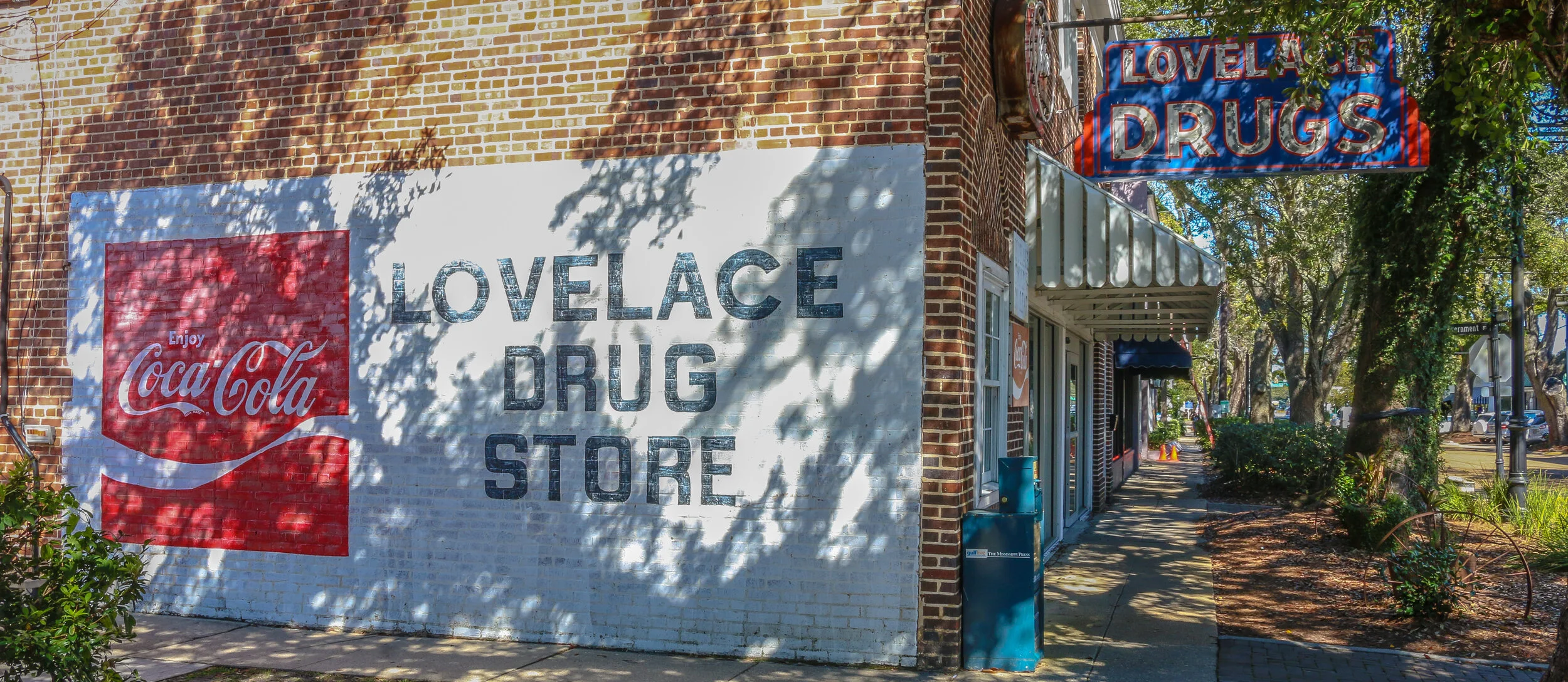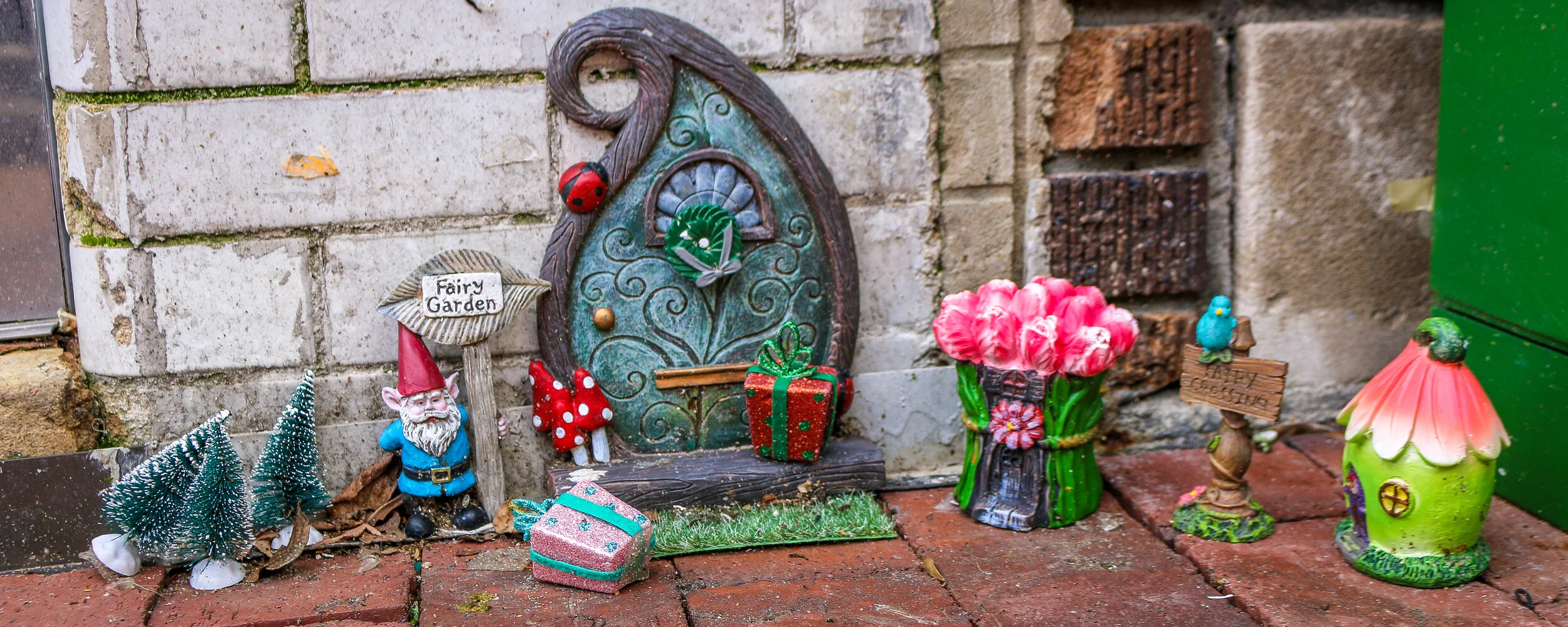Hello Everyone! Wow, it has been six months since I last published This Week on the Road. I can’t describe how great it was just to type those words. I wish I had been able to leave this week and just keep going, but alas it was just for this week. My folks and I drove up to New Hampshire last Wednesday to visit my brother and his family. The fall colors are coming in beautifully in New England and we had a wonderful visit. We got out and did a lot, and I was very happy to be checking out new places and taking photos in unfamiliar surroundings. It was a wonderful week on the road in New Hampshire.
Our decision to go was not made lightly. We’ve been keeping close to home and keeping our interactions to a minimum, maintaining our distance and wearing our masks. My folks aren’t as young as they once were and with my diabetes we’re all at heightened risk, not to mention the fact that I’m spending my days with a child who I simply cannot get sick. While my brother and his girlfriend are doing what they’re supposed to do as well, seeing them would bring more people into our safety web. But with winter and a second wave coming, New Hampshire being a state with things relatively in control and the looming election we decided that if we wanted to see them this year, this was probably the time. The fall colors and the ability to take some photos of somewhere further from home helped to seal the deal. We packed a lunch and made it a direct journey in both directions, followed best practices while we were there and hopefully managed to keep everyone safe and healthy. I’m glad we went.
The trip did help me see how difficult it would be to continue my actual long-term journey at this point in time. Many things remain closed or on limited hours, and while people in New Hampshire seemed generally compliant with safety standards I know that’s not the case for much of the country. While this week definitely tugged at my heart strings and whispered go in my ear, many of the things I would want to see remain closed and the thought of getting really sick while on the road and far from home doesn’t seem like a great idea. So for now I will have to be content with my week away and settle in here in D.C. for the winter. The short days and cold nights of winter on the road are pretty brutal anyway, and without a warm safe pub to tuck into, it would probably be a bit much.
We left on Wednesday and made good time, arriving at my brother’s house at around 3:30 in the afternoon. He and his girlfriend, Errin, have a wonderful home on a windy back road with a nice chunk of land and some room to breathe. I know maintaining it takes a lot of hard work, but they’ve really made a nice home for themselves and their family. After the long ride, we were happy to just settle in, have a few cold beers and catch up a little bit. It feels like a long time since we were there in December, but it all seemed very familiar as well.
Thursday we went for a visit to Bedrock Gardens in Lee, New Hampshire. It is a beautiful 20 acre garden full of interesting sculptures and beautiful plants and flowers. It took quite a while to meander through the many paths that wound around the property. Bedrock Gardens was quite a unique and special place and is probably phenomenal in spring when all the flowers are starting to bloom. It was very cool.
On Friday, we loaded my brother’s boat onto the trailer and set off for Lake Winnipesaukee in the central part of the state. Lake Winnipesaukee is the largest lake in New Hampshire and is just over an hour north of my brother’s house.



